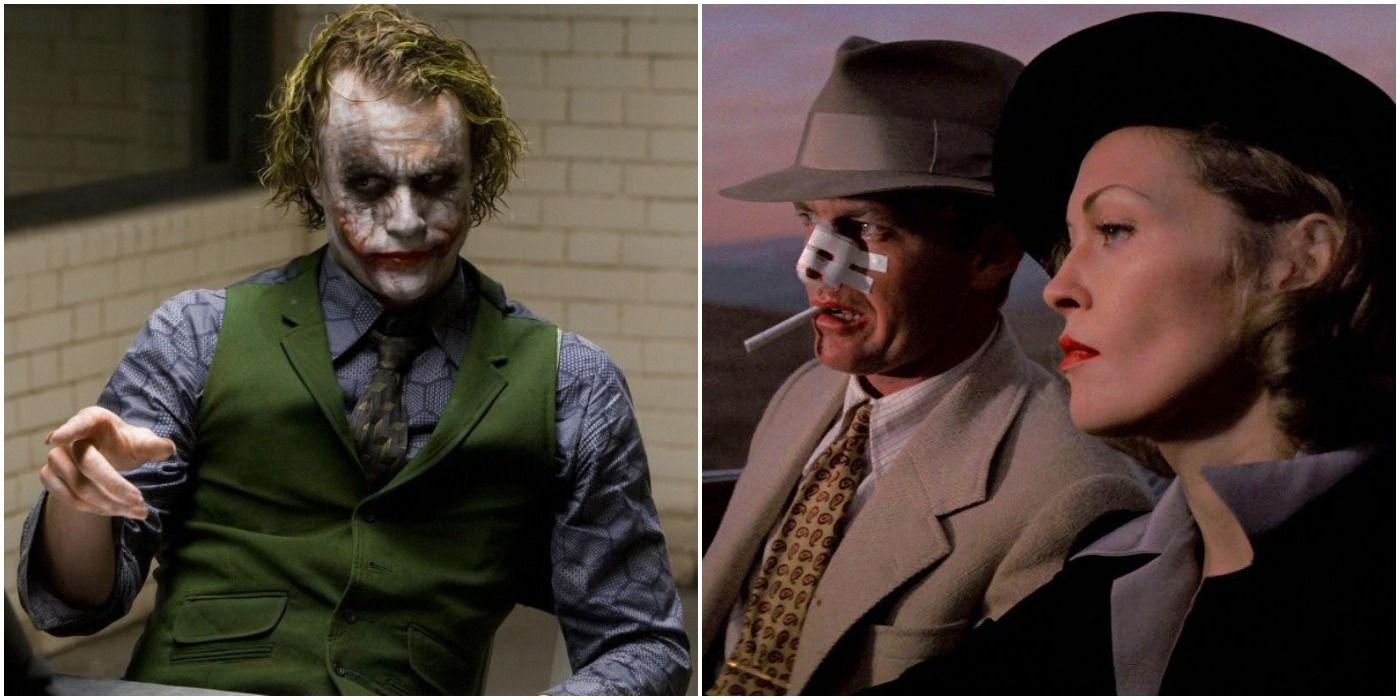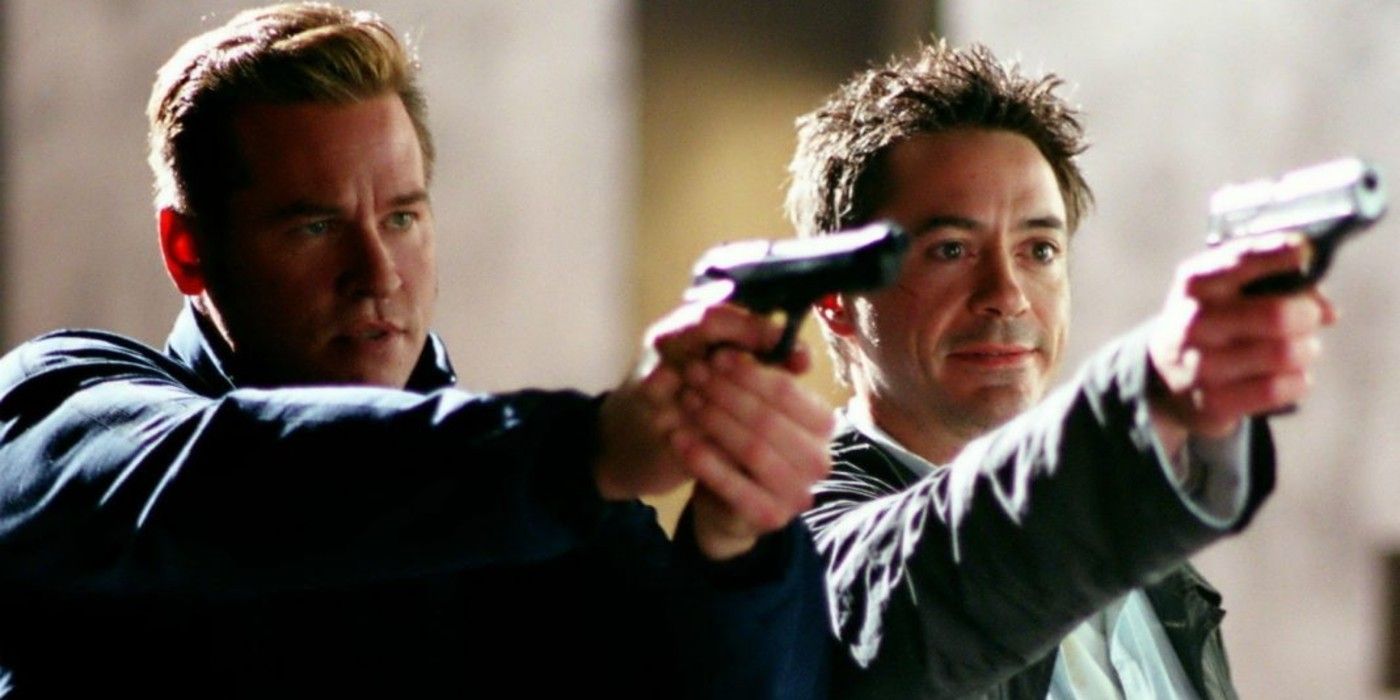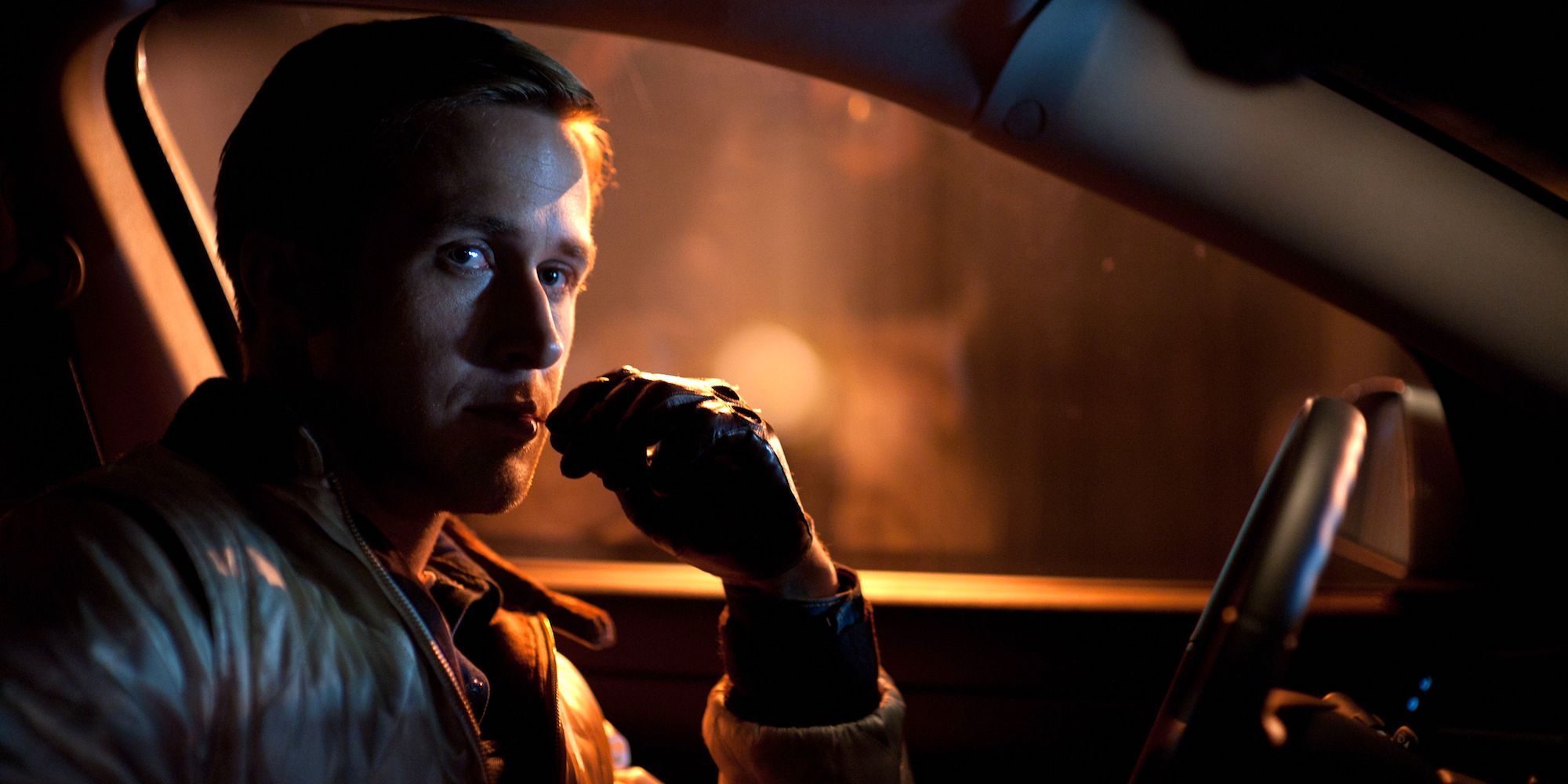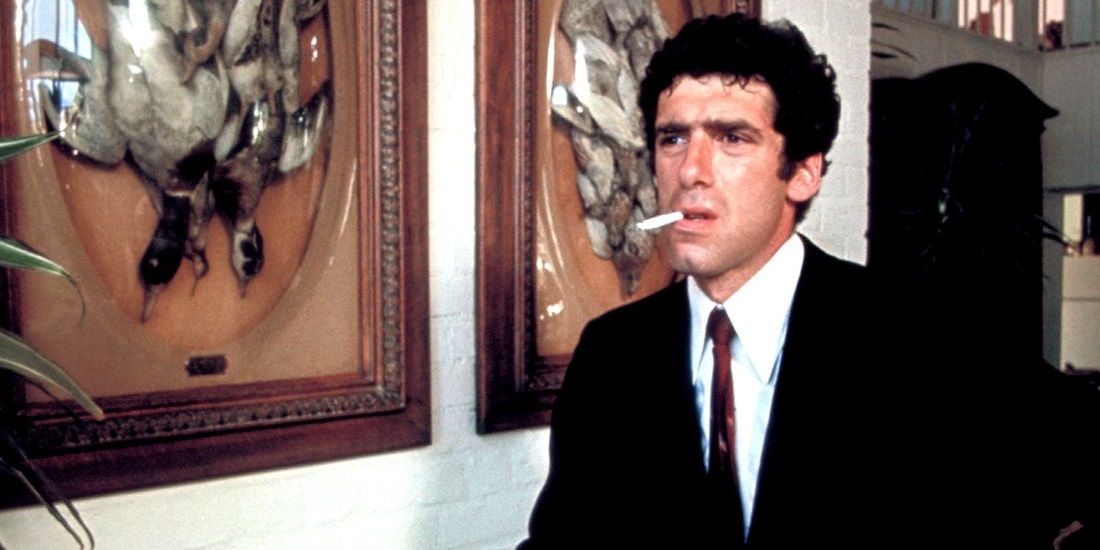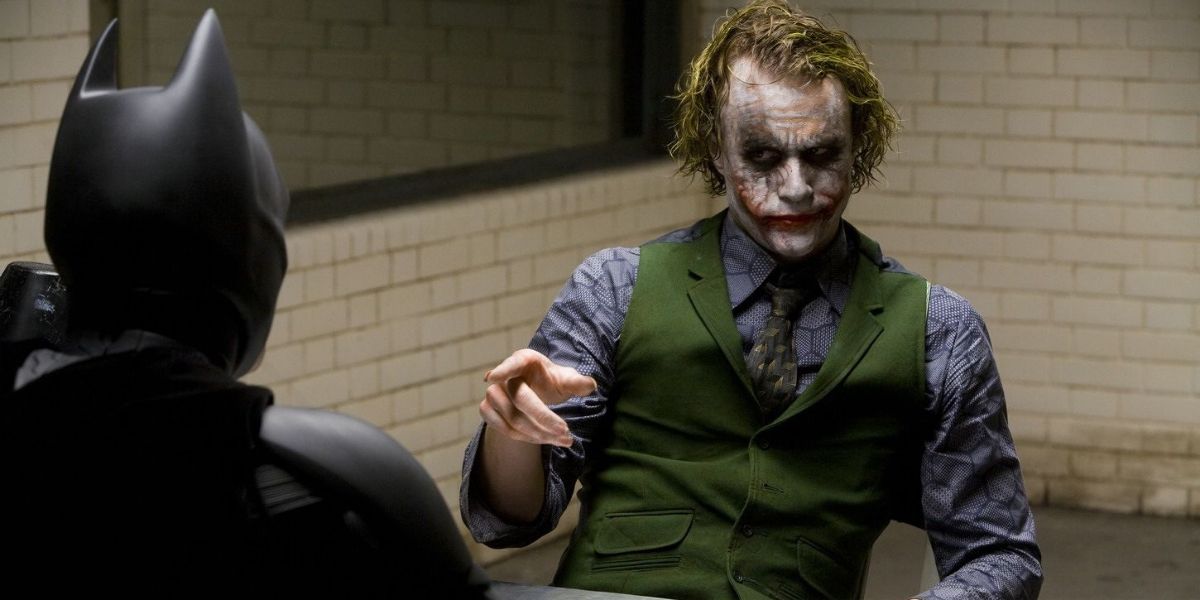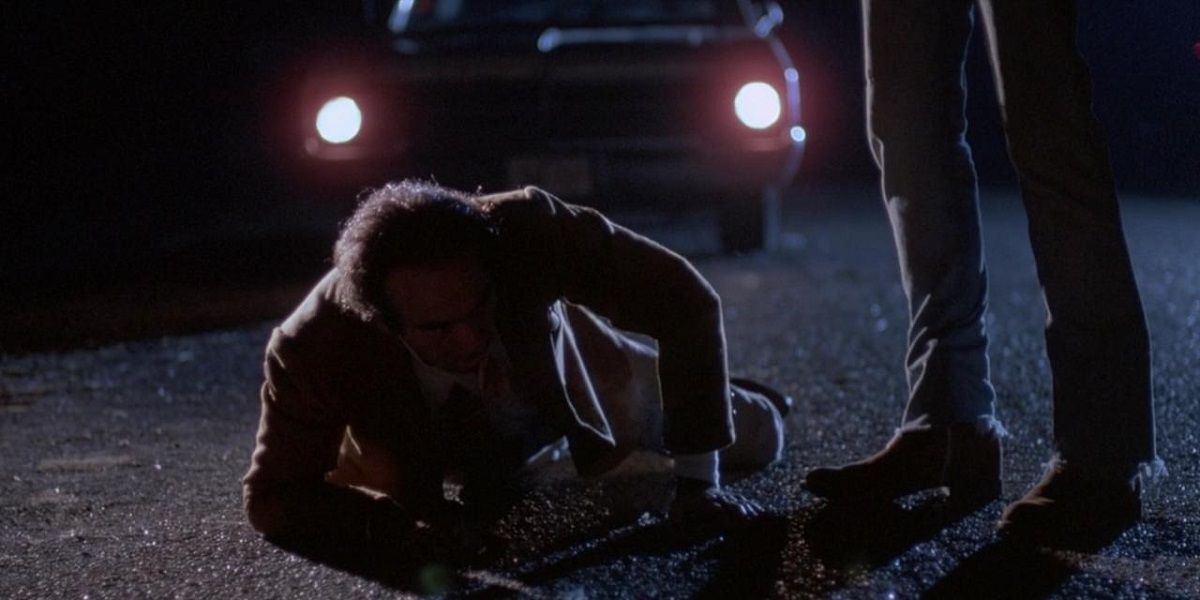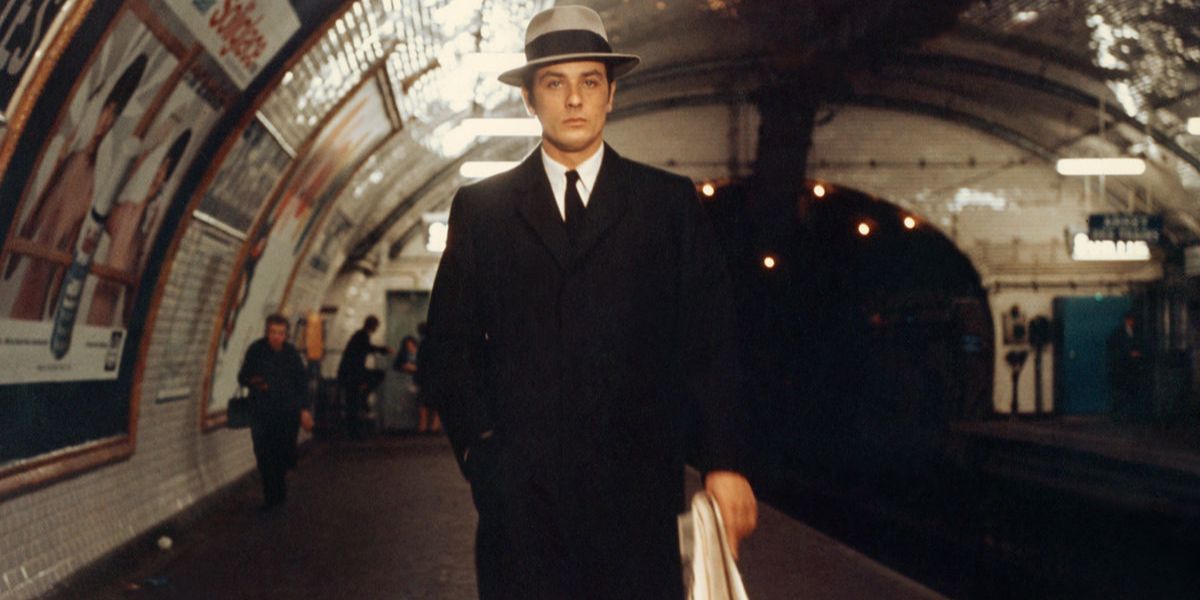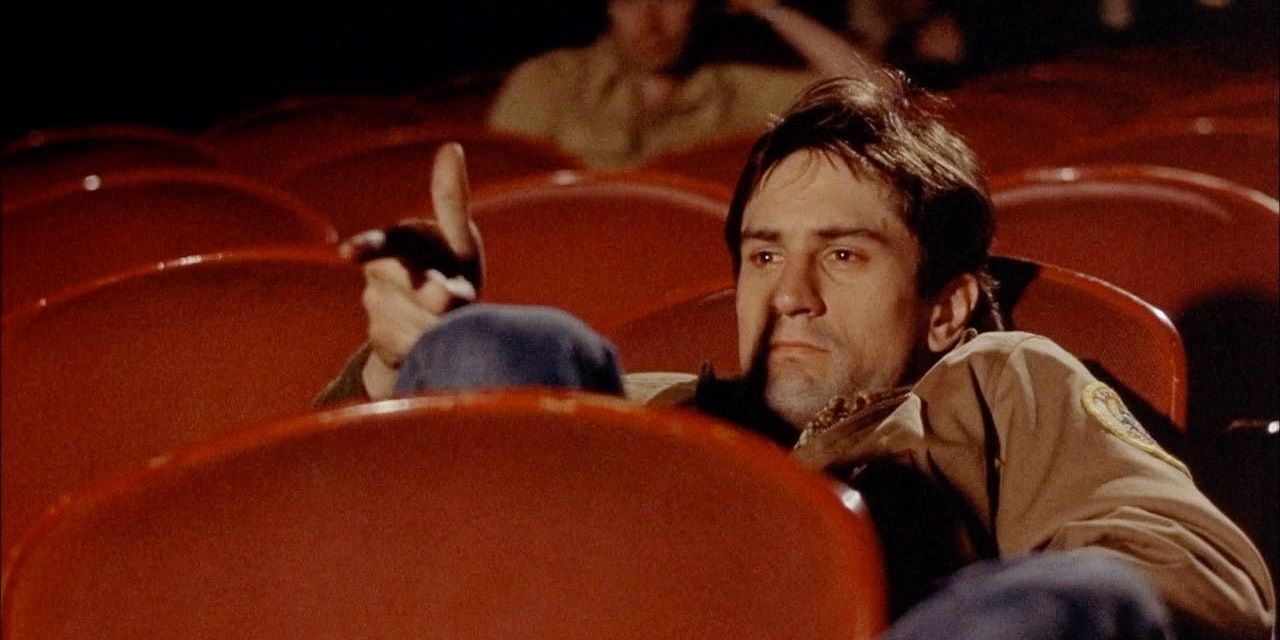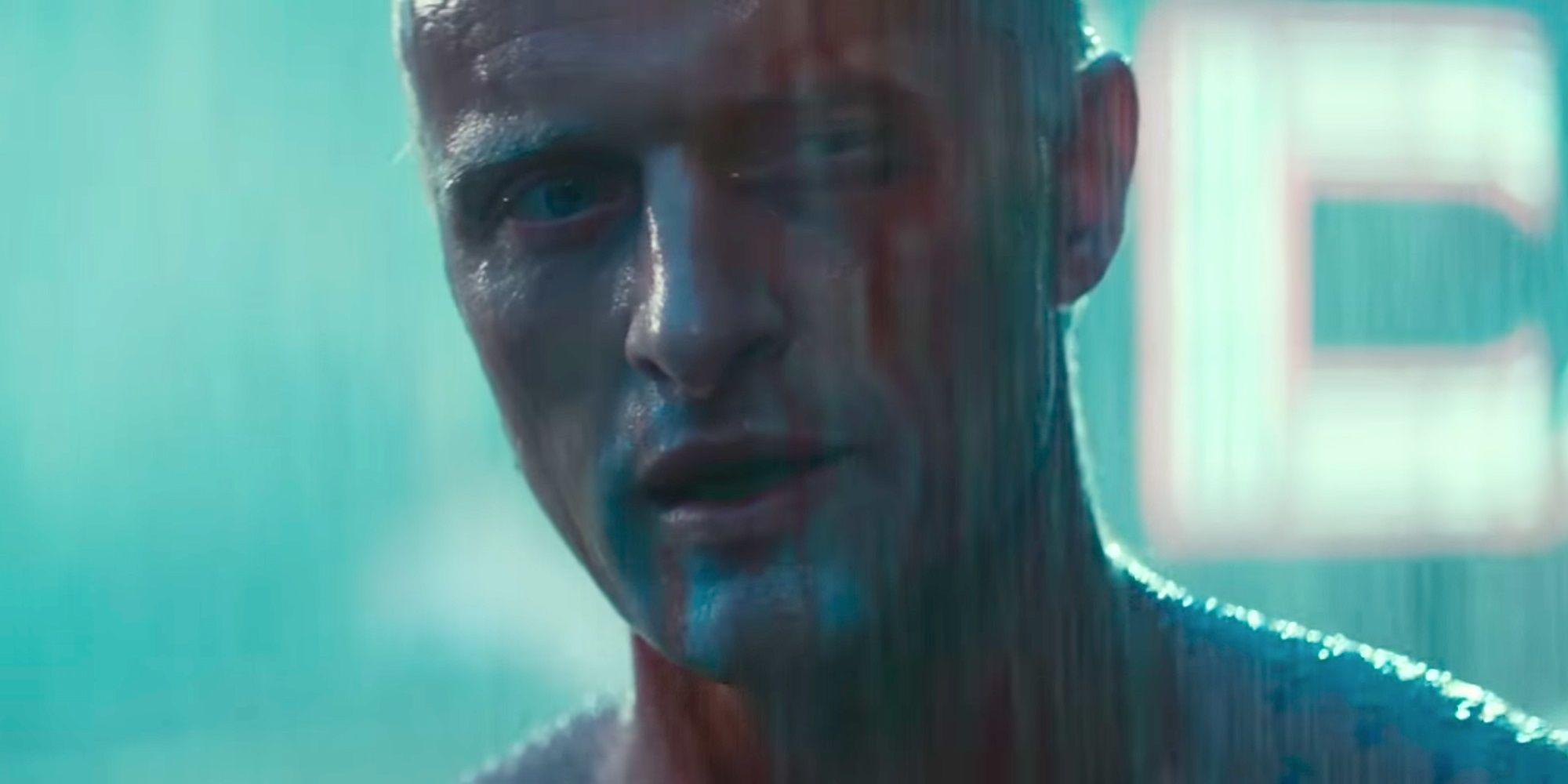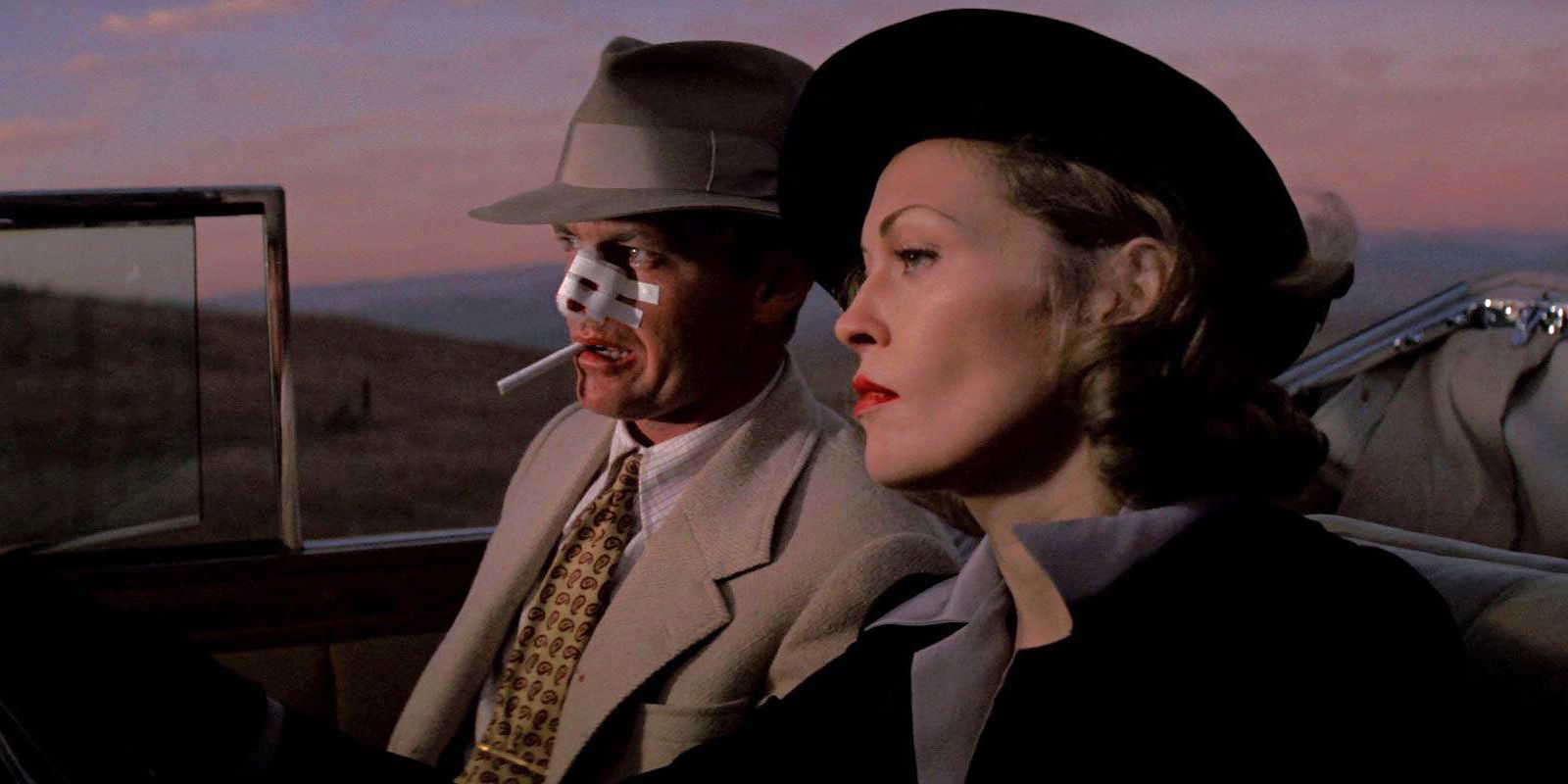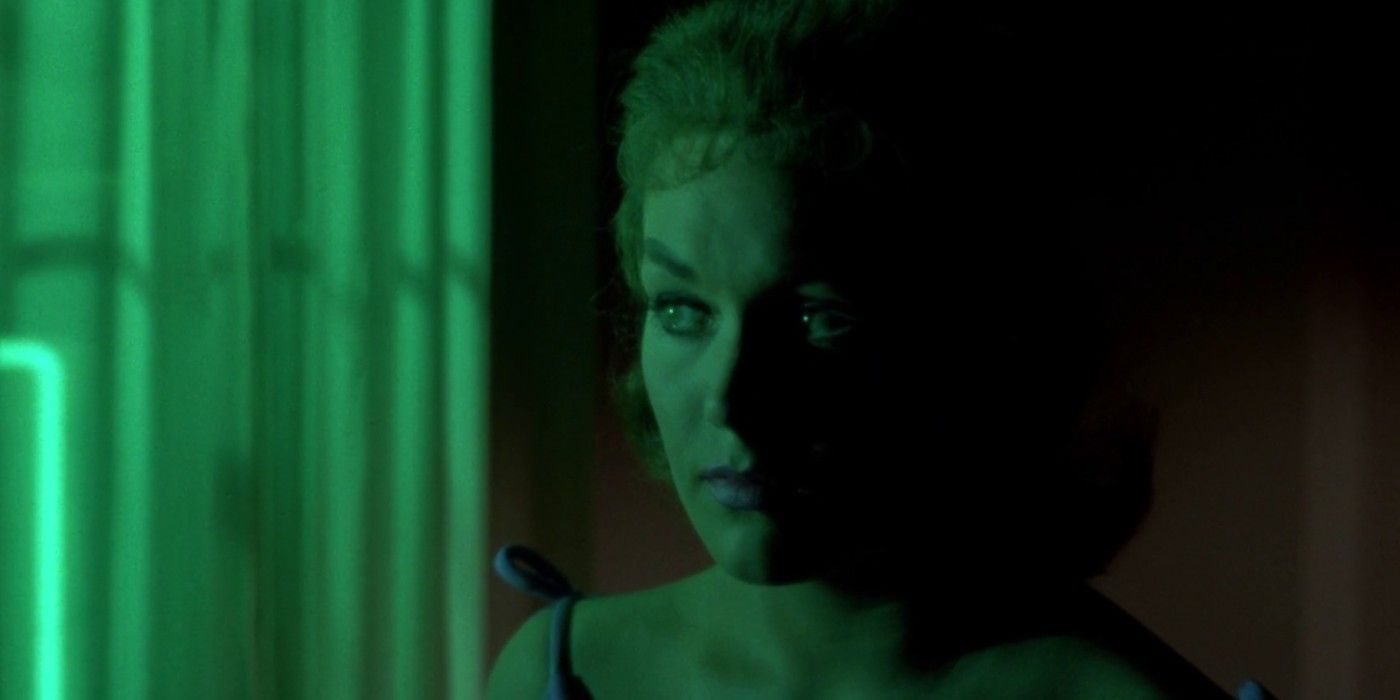The film noir is one of the defining American movie genres. When most moviegoers think of it, they picture black-and-white visuals. But with the dawn of color film, the genre was reinvigorated with a splash of color. Suddenly, directors like Alfred Hitchcock were telling their cinematic crime stories with the full spectrum of color at their disposal. And the advent of the neo-noir brought all kinds of new vibrant noirs into the filmmaking landscape.
The most iconic film noirs will always be the old black-and-white classics – Double Indemnity, Touch of Evil, The Big Sleep, Kiss Me Deadly, Sunset Boulevard – but plenty of great noirs have been shot in color.
Kiss Kiss Bang Bang (2005)
After spending years building a reputation as one of Hollywood’s greatest screenwriters with the scripts for noir riffs like Lethal Weapon and The Long Kiss Goodnight, Shane Black made his directorial debut with Kiss Kiss Bang Bang, a meta deconstruction of the classic genre.
Robert Downey Jr. and Val Kilmer star as a hilariously mismatched pair investigating a criminal conspiracy. With an unpredictable plot and plenty of Black’s signature pitch-black humor, Kiss Kiss Bang Bang is a sheer delight.
Drive (2011)
Nicolas Winding Refn really made the neon-drenched streets of L.A. come to life in Drive, while Ryan Gosling brings a brooding intensity to the lead role of a soft-spoken getaway driver.
Few movies have toed the line between disturbing graphic violence and quiet romantic tension quite like Drive. In addition to Gosling’s powerful performance, the movie features memorable turns by such actors as Carey Mulligan, Oscar Isaac, and Albert Brooks.
The Long Goodbye (1973)
A ton of actors had played Raymond Chandler’s iconic detective character Philip Marlowe by the time Robert Altman brought The Long Goodbye to the big screen, but Elliott Gould’s performance as Marlowe stands as one of the finest.
The script by Leigh Brackett, who previously adapted The Big Sleep, exquisitely removes the glaring clichés from the original Chandler novel while retaining the master crime writer’s palpable sense of tension.
The Dark Knight (2008)
Drawing on Michael Mann’s slick portrait of L.A. in Heat, Christopher Nolan made The Dark Knight as a study of the American city, using Batman’s fictional crime-ridden hometown of Gotham as the backdrop.
Despite being a big-budget superhero blockbuster, The Dark Knight is also one of the defining post-9/11 noirs. Heath Ledger’s Joker chillingly embodies the fear of terrorism.
Blood Simple (1984)
For their acclaimed debut feature Blood Simple, the Coen brothers created genre thrills on an ultra-low budget. The film tells the story of a jealous husband who hires a P.I. to keep an eye on his wife, then sets his sights on murder when he finds out about her affair.
Setting the stage for all the Coens’ later movies, Blood Simple has plenty of memorable characters, shocking plot twists, and dark humor juxtaposed against serious moments.
Le Samouraï (1967)
In addition to being the forefather of the French New Wave, Jean-Pierre Melville was one of the world’s most influential directors of crime films, having made an impact on such filmmakers as John Woo and Quentin Tarantino when they were starting out.
Melville made a ton of great minimalist crime films, from Le Doulos to Le Cercle Rouge, but his crowning achievement in film noir is Le Samouraï, the inspiration for countless gritty Hollywood actioners.
Taxi Driver (1976)
Paul Schrader’s script for Taxi Driver perfectly encapsulated the universal dread and frustrations surrounding isolation with its character study of Travis Bickle, a Vietnam War veteran with PTSD who takes a job as a cabbie to combat his insomnia and goes to porno theaters to combat his loneliness.
It’s a cliché to say that a city is a character in a movie, but Martin Scorsese really made New York a character in Taxi Driver. The seedy criminal underbelly drives Travis to vigilantism, while the trash piling up on the streets due to a workers’ strike during filming provides a fascinating visual metaphor for Travis’ increasing cynicism toward the city.
Blade Runner (1982)
In adapting Philip K. Dick’s Do Androids Dream of Electric Sheep? into the movie Blade Runner, Ridley Scott brought the tropes and motifs of the film noir to a neon-soaked futuristic setting.
With its tale of a hard-boiled detective tracking down cyborgs that have ingratiated themselves into human society, Blade Runner was the ideal story to kick off the future-noir subgenre — and perfected it right out of the gate.
Chinatown (1974)
Roman Polanski originated the neo-noir with Chinatown, a movie that took all the moral ambiguity and bitter cynicism of old noirs and transplanted it into the post-Watergate climate.
Jack Nicholson stars as a private eye who, as usual, is drawn into a case that’s a lot more complex and dangerous than it initially seems. What he discovers along the way is truly harrowing, culminating in one of the most unsettling endings in film history.
Vertigo (1958)
Naming the greatest film ever directed by Alfred Hitchcock is tricky because there are so many masterpieces to choose from: Psycho, Rear Window, North by Northwest, The Birds, Shadow of a Doubt — the list goes on.
But a strong contender for the top spot is Vertigo, a noir-flavored psychological thriller with an iconic lead character, an intriguing story, and a succession of plot twists, each more mind-blowing than the last.

